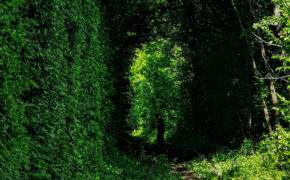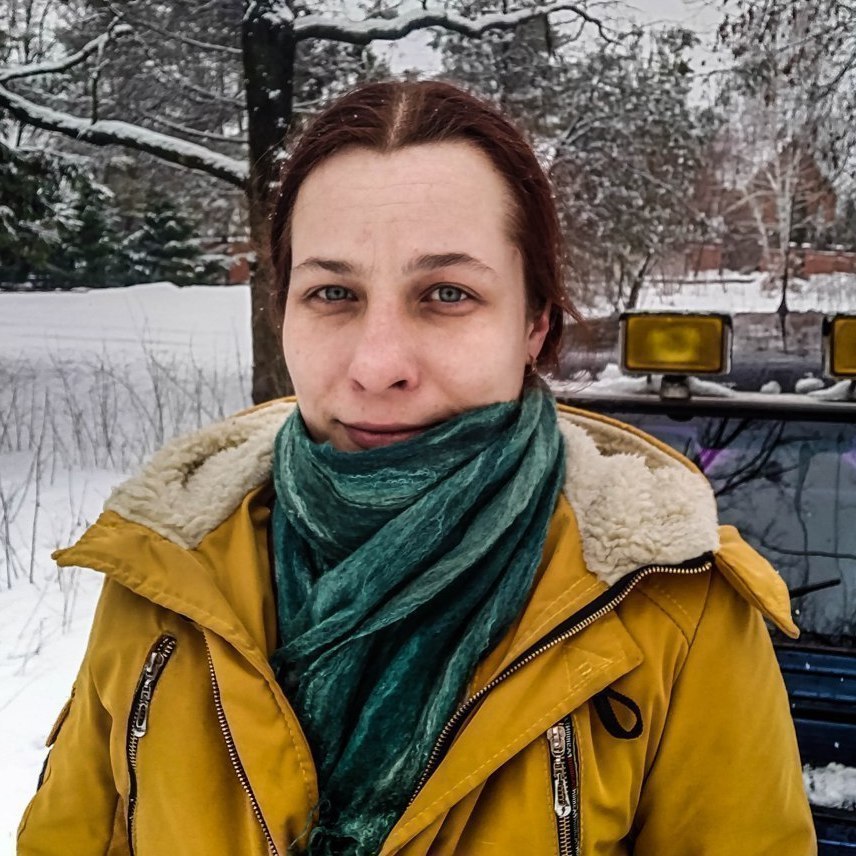Садиба Кондратьєвих, с. Червоне
Type: Architectural object Kind: Historical (Inactive)
Country: Ukraine Region: Sumy region Locality: Червоне
Availability: Available for visits, Bad road (during any weather, can be driven by two-wheel drive cars) , Emergency condition
Село Старе існувало ще в 1642 році і вважається одним з найстаріших поселень Сумського полку. Жив в Старому селі Герасим Кондратьєв, згодом знаменитий і легендарний Сумський полковник.
1753 року полковником Степаном Івановичем Кондратьєвим був побудований кам’яний храм св. Миколая. На початку ХХ століття ця будівля ще застав Григорій Лукомський, який приїхав в Старе. Однак в кінці XIX – початку XX століття церковний прихід тут вважався вкрай бідним. Тільки в 1900 році при ньому була відкрита недільна школа, потім з’явилася народна бібліотека-читальня.
Поруч з храмом в той же час був побудований будинок, який є реліквією садибного будівництва Слобожанщини.
У своїй книзі «Садиби Харківської губернії» Лукомський пише про даний спорудженні наступне:
«Майже немає сумнівів в тому, що він служив житловому призначенню, на що вказують і архітектура його, і план. Колись по обробці стін він нагадував архітектуру так званого Палацу Бірона або Тучкова (Пенькова) бешкетника в Петрограді. Час спорудження обох будівель якраз збігається. Чи не був і один архітектор? Нині будиночок з доданими до нього пізнішими дерев’яними галереями другого поверху має дещо іншу фізіономію, ніж раніше. Із західного боку він має вхід і два віконечка першого поверху між рустованими пілястрами. У другому поверсі одне вікно забите. Всі лиштви типового стилю початку другої половини XVIII століття: перехід від бароко Єлисаветинського часу до стилю Louis XVI Катерининської епохи. Карнизи вже останнього стилю з дрібними сухариками. З південного боку зберігся рундук, пережиток стародавнього російського звичаю (вгорі, на жаль, надбудований). У нижньому поверсі двері з залізними стулками. У вікнах збереглися залізні палітурки. Нагорі було шість вікон, тепер чотири: одне звернене в двері, одне забите. Взагалі низ служив, ймовірно, в ті часи складом, а верх був житловим. Загальні пропорції будинку дуже затишні і типові».
За легендою, саме в цьому будинку зупинився на нічліг цар Петро Перший, повертаючись після Полтавської битви. В силу цього будівлю називають ще й «Петровим теремом», або просто «теремком».
Однак даний об’єкт, що має важливе значення в історії Слобожанщини, викликав інтерес не тільки у Лукомського. Крім нього, до 1917 року будівля обстежив С. Таранушенко і М. Цапенко – в 1950 році. Останній у своїх дослідженнях вказував: «Рідкісним пам’ятником такого ж однокамерного типу є так званий теремок в Червоному селі (б. Старе село) Сумської області. Будівля відноситься до першої третини XVIII ст. Дослідження пам’ятника в натурі показали, що він був спочатку одноповерховим, з підвалом і коробовими склепіннями. У XVIII столітті ж була прибудована ще одна камера, також з підвалом, але з плоским перекриттям. У третій прийом над усім будинком був побудований другий поверх. Всі ці прибудови легко розрізнити. Наприклад, рустована обробка кутів першого поверху виявилася всередині прибудованої камери. Пілястри першого і другого поверхів різнохарактерні і не збігаються. Таким чином, цей пам’ятник є прикладом подальшого розвитку однокамерного типу…
…Проблема реставрації ряду найважливіших пам’яток українського зодчества, як нам здається, стосується таких об’єктів, як будинок Кочубея в Батурині, кам’яниці в Прилуках, Любечі, Червоному селі, будинок Лизогуба в Чернігові, комплекси Густинського, Гамаліївського та інших монастирів, а також цивільних і культових будівель в Ніжині, Глухові, Коропі, Стародубі».
Автор – Антон Бондарев, Джерело








